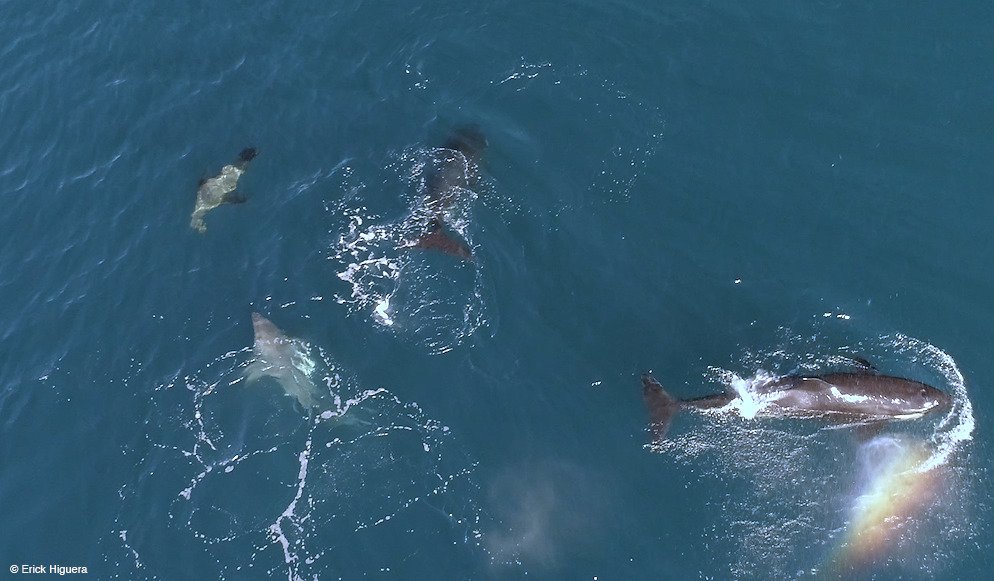
The pod was seen in action in the Gulf of California, with scientists recording several kills.
Scientists have captured incredible images of orcas hunting great white sharks with specialised techniques.
The orca pod in question has been seen in the Gulf of California, targeting junior great whites.
Previously, shark-hunting orcas had only been seen around South Africa, where they targeted larger adults.
READ MORE: Police give major update on horror Britain train mass stabbing

The Gulf of California pod, dubbed Moctezuma's pod, also displays specific hunting methods.
They flip the sharks upside-down to induce a temporary paralysis, before eating their livers, which are rich in energy.
"I believe that orcas that eat elasmobranchs – sharks and rays – could eat a great white shark, if they wanted to, anywhere they went looking for one," said marine biologist Erick Higuera Rivas, project director at Conexiones Terramar and Pelagic Life and lead author of the article in Frontiers in Marine Science.
READ MORE: Pentagon preparing war plans after Trump threatens nation online

"This behaviour is a testament to orcas' advanced intelligence, strategic thinking, and sophisticated social learning, as the hunting techniques are passed down through generations within their pods."
The scientists spotted two hunts, killing three white sharks, during routine monitoring of the orcas.
During the first hunt, in August 2020, five orcas were seen pursuing a juvenile white shark.
READ MORE: The concerning factor believed to be behind surging house prices

They pushed it to the surface and worked together to turn it upside down.
Ultimately, they took it underwater and reappeared with the shark's liver in their mouths.
Shortly afterwards, they did the same with a second juvenile shark.
READ MORE: 'Heroic' staffer fighting for his life after saving people in UK train stabbing
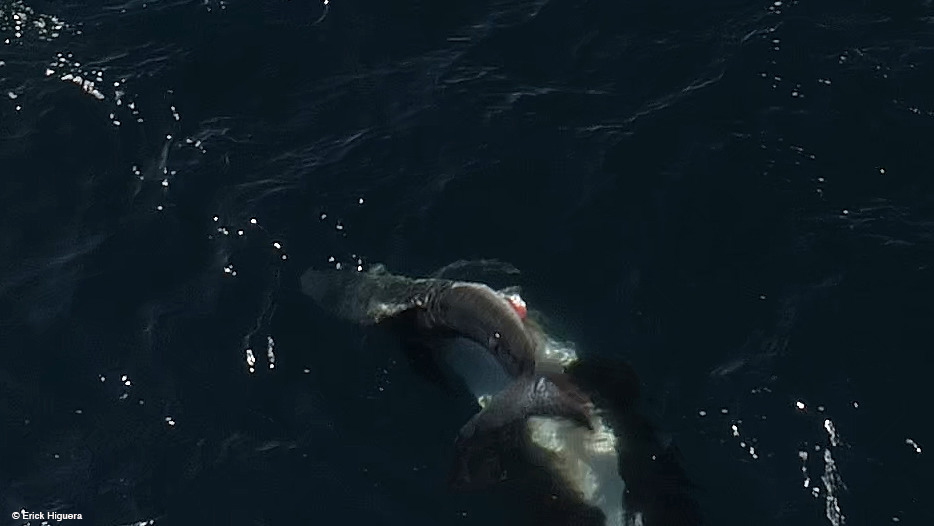
A second hunt, witnessed in August 2022, followed a similar pattern: five orcas pushed a juvenile white shark onto its back and up to the surface.
The shark was bleeding from its gills, and its liver was visible. The orcas were seen eating it.
Turning a shark upside down like that induces a state called tonic immobility, by changing the shark's awareness of its surroundings in a way that paralyses it.

"This temporary state renders the shark defenceless, allowing the orcas to extract its nutrient-rich liver and likely consume other organs as well, before abandoning the rest of the carcass," Higuera said.
By looking at the sharks' injuries, scientists think that orcas could have developed a specialised technique to induce this state which minimises the chances of being bitten.
"This is the first time we are seeing orcas repeatedly target juvenile white sharks," said Dr Salvador Jorgensen of California State University, an author of the article.
"Adult white sharks react quickly to hunting orcas, completely evacuating their seasonal gathering areas and not returning for months.
"But these juvenile white sharks may be naive to orcas. We just don't know yet whether white shark anti-predator flight responses are instinctual or need to be learned."
DOWNLOAD THE 9NEWS APP: Stay across all the latest in breaking news, sport, politics and the weather via our news app and get notifications sent straight to your smartphone. Available on the Apple App Store and Google Play.
 'Like being fried': WA mum suffers serious burns in firebombing
'Like being fried': WA mum suffers serious burns in firebombing
 The 4-word slogan that scares Aussie cyber experts
The 4-word slogan that scares Aussie cyber experts
 'I feared for my life': Family traumatised by two break-ins in one night
'I feared for my life': Family traumatised by two break-ins in one night
 Man charged with attempted murder over train stabbing that wounded 11
Man charged with attempted murder over train stabbing that wounded 11
 Erin Patterson granted leave to appeal guilty verdicts
Erin Patterson granted leave to appeal guilty verdicts
 'Mistakes made': Optus bosses admit failures in fatal triple-zero outage
'Mistakes made': Optus bosses admit failures in fatal triple-zero outage
 Road rage dispute that led to man's death either murder or self-defence, court hears
Road rage dispute that led to man's death either murder or self-defence, court hears
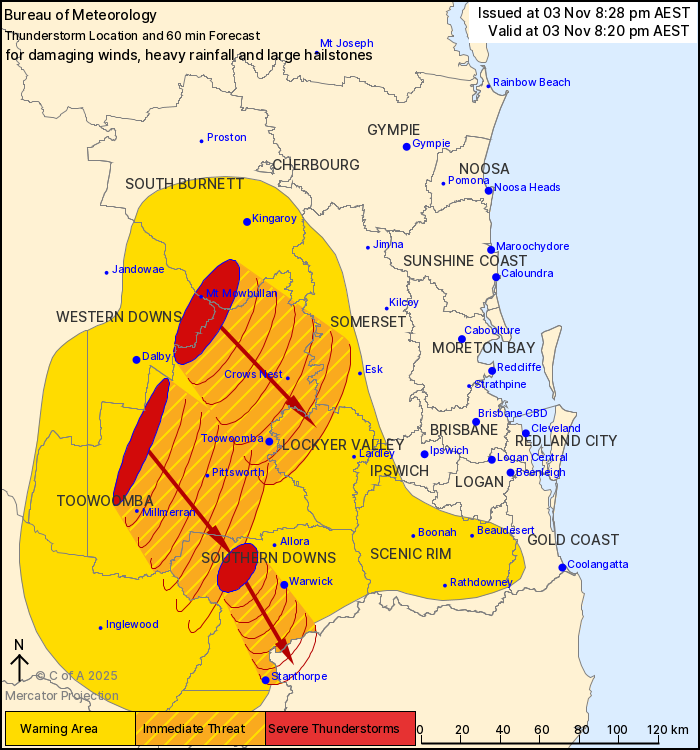 'Massive line of thunderstorms' hits battered state for third day
'Massive line of thunderstorms' hits battered state for third day
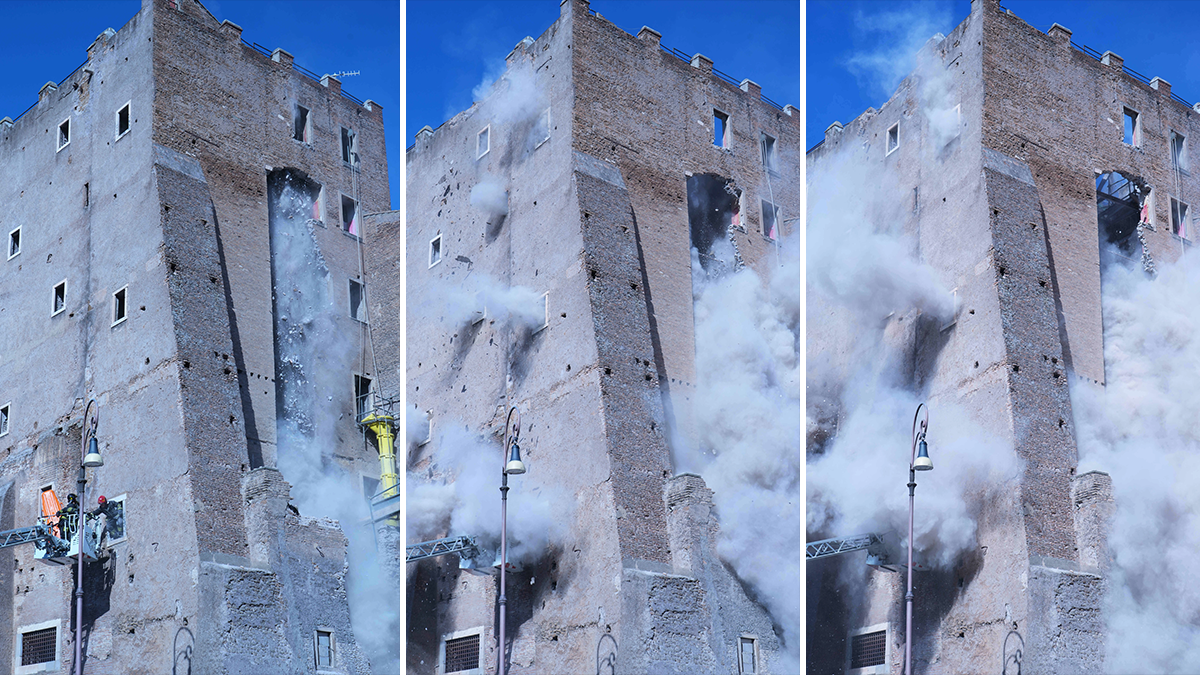 Medieval tower in Rome collapses during renovations, injuring worker
Medieval tower in Rome collapses during renovations, injuring worker
 Kookaburra lands on bride's head during wedding ceremony
Kookaburra lands on bride's head during wedding ceremony
 Australian Mint brings out limited edition coin
Australian Mint brings out limited edition coin
 A stunning celestial event kicks off this week. Here's how to see it
A stunning celestial event kicks off this week. Here's how to see it
 A timeline of US strikes on boats that have killed 64
A timeline of US strikes on boats that have killed 64
 Everything you need to know about the 2026 Sydney Gay and Lesbian Mardi Gras
Everything you need to know about the 2026 Sydney Gay and Lesbian Mardi Gras
 Three in four Aussies share the same fear - and it could cost them hundreds
Three in four Aussies share the same fear - and it could cost them hundreds
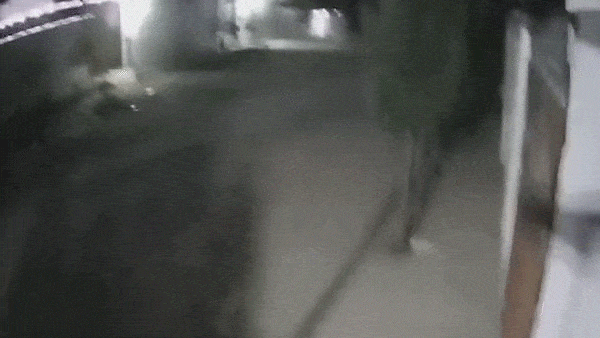 Powerful earthquake shakes northern Afghanistan months after deadly quakes
Powerful earthquake shakes northern Afghanistan months after deadly quakes
 The concerning factor believed to be behind surging house prices
The concerning factor believed to be behind surging house prices
 Trump doesn't need approval alleged drug boat strikes: Justice Department
Trump doesn't need approval alleged drug boat strikes: Justice Department






